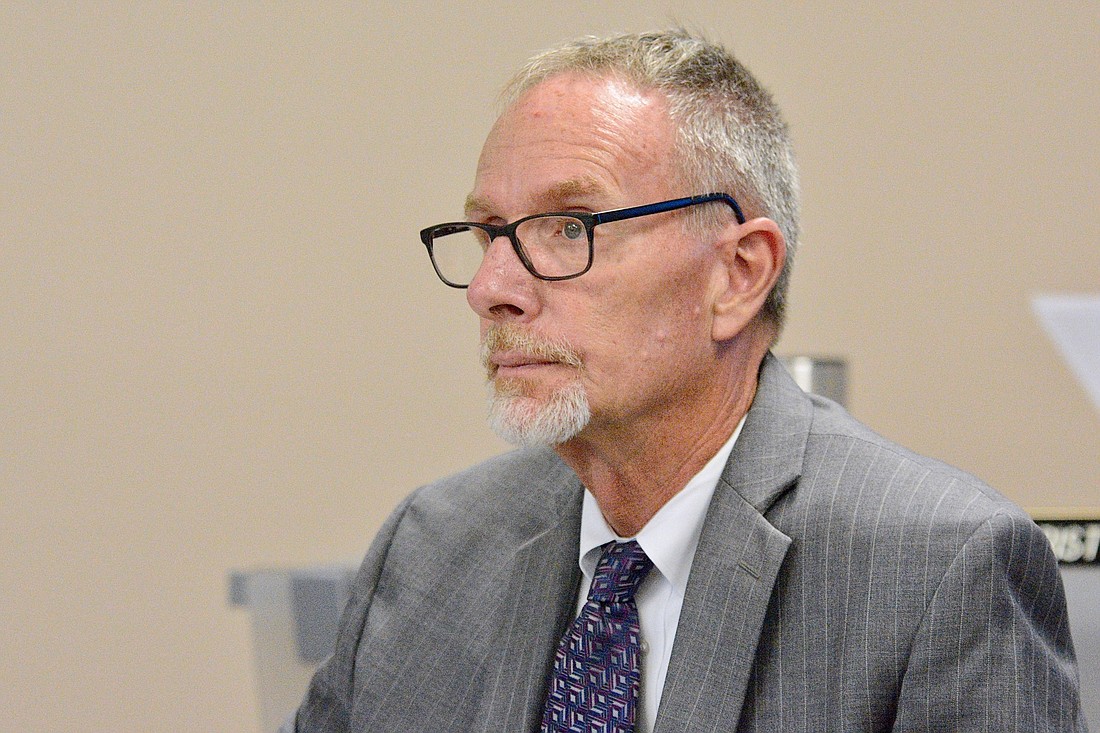- February 1, 2025
-
-
Loading

Loading

The number of Flagler Schools students taking dual enrollment classes — college credit courses offered by nearby colleges and universities — has more than doubled in recent years, rising from 289 students in 2015-2016 to 588 during the last school year. The percentage of the student population taking those classes rose from 7% to 13.38%. In the same time frame, the number of students taking Advanced Placement, International Baccalaureate and Advanced International Certificate of Education courses has stayed comparatively flat, increasing by just 61 students, from 661 to 722. The percentage of the overall student population taking those classes rose from 16% to 16.44%.
"What we’re trying to do here in Flagler County is close the opportunity gap. ... I think if we … make sure that our kids have access to our different programs, the achievement gap will take care of itself."
— EARL JOHNSON, Flagler Schools executive director of leadership development
“Those (dual enrollment) percentages have increased a lot higher than our AP, IB and AICE,” Flagler Schools Executive Director of Leadership Development Earl Johnson told School Board members during a board workshop Aug. 6. “That is a 103% increase in the number of students who are taking dual enrollment courses now versus four years ago, so I think that is really substantial.”
Johnson presented the numbers as part of the district’s annual report on equity in the school district. The report looks at the racial and gender breakdown of students in advanced classes and sports programs, and how different racial and gender groups are divided among school staff and administration.
Over the past few years, he said, there’s been a notable population change affecting the district: “When you look at whites, as a group, the increase from 2014-15 to 2018-19, in terms of numbers, it’s 5%,” Johnson said. “But when you look at Hispanics, it’s 24%. So we have 24% more Hispanic students in Flagler County now that we had in 2014-15.”
Hispanic males, he added, have increased by 27%, while black students have decreased by 2% overall, and black males by 7% overall.
Hispanic males are also an outlier in participation in advanced courses: The percentage of Hispanic male students AP, IB, AICE, DE or honors classes (collectively known as “Level 3” classes) dropped from 46% to 38% from 2014-2015 to 2018-2018, even though the actual number of students rose from 127 to 132, he said.
“I’m not 100% sure why that is,” Johnson said.
In addition, he said, although Hispanic students are 14.8% of the student population, only 5% of the district’s teachers are Hispanic. The district hopes to recruit more Hispanic teachers in the future, he said.